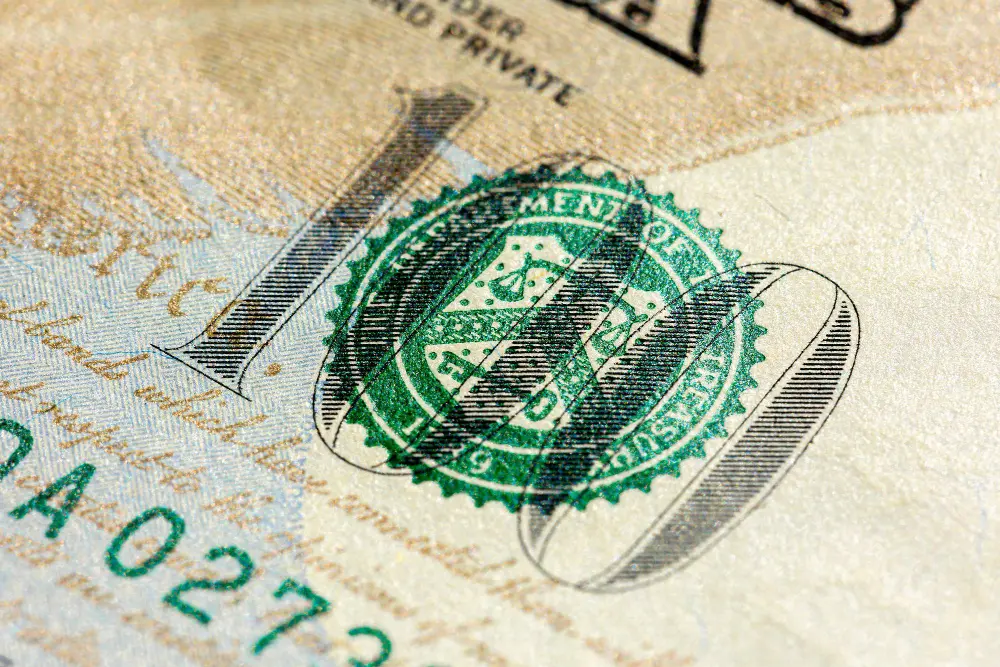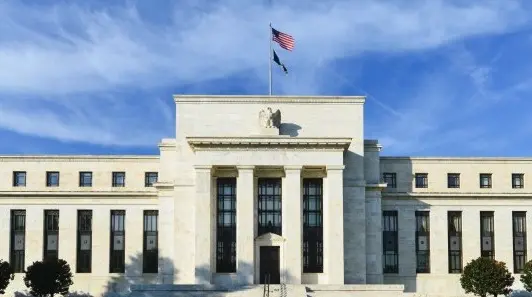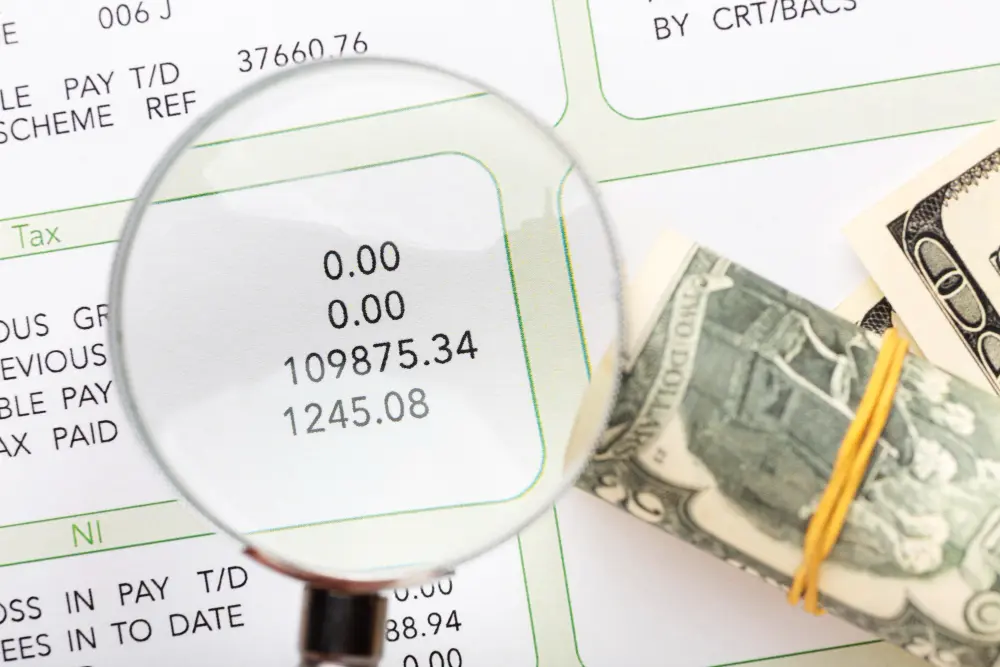. So far, the fair value has likely been depressed by weak domestic demand due to the sluggish ability to channel income to households due to under-spending by the government and the delay in the recovery of the corporate savings rate due to the BoJ’s prematurely executed rate hikes.
In order for the Nikkei index to return to an upward trend and recover to the JPY40,000 level in the future, it would be necessary to restore the power of reflation by expanding corporate investment as well as by turning income over to households through adequate and predictable fiscal spending. These are domestic demand factors that are not directly related to US tariffs, and therefore are the responsibility of the Japanese government.
As a risk scenario, if we assume that the recovery of net domestic fund demand to be delayed (assuming +4.0%), nominal GDP expansion come to a halt, and global uncertainty to continue due to the BoJ’s premature rate hike, inadequate fiscal spending, and a higher corporate savings rate due to stagnant corporate activity caused by the Trump administration’s tariff hikes, the fair value would be around JPY32,600.
The US Trump administration has made it clear that additional tariffs of 24% will be applied to Japan. Factoring in the slowdown in the US GDP growth rate (-0.5%), we estimate that this would push Japan’s GDP growth rate down by 0.7%. Given that Japan’s potential growth rate is around 0.6%, this indicates that the Japanese economy would be unable to grow.
This estimate assumes that the accommodative financial environment to be maintained, domestic demand to not weaken significantly, and SMEs to not go bankrupt in a chain reaction. If the BoJ hike its policy rates before the end of the year, the BoJ Tankan DI for lending attitudes of financial institutions plummets (-10), and the credit cycle buckles, the downward pressure would be about 1.4%, and the risk of a return to deflation would be significant.
In response to the existential crisis in Japan’s manufacturing sector, the government has begun to consider economic measures to counter the deterioration in corporate cash flows due to the decline in production caused by the US tariff hikes. It appears that the BoJ, which is demanded by the BoJ Act to manage monetary policy consistent with the government’s economic policy direction, can no longer make it difficult for companies to fund their operations by hiking its policy rates during the year.
The government, which believes that the survival of Japan’s manufacturing industry is at stake, seems to be growing frustrated with the BoJ, which has not shown any flexibility in suggesting the possibility of reversing its current rate hike policy if downward pressure on the Japanese economy becomes too great. Frustration is also building in the Japanese stock market, which has been in a slump due to the premature rate hikes since last year.
The Nikkei Index can be estimated using nominal GDP (JPYtrn), net domestic fund demand (corporate savings rate + fiscal balance, % GDP, negative is strong), accommodative monetary policy dummy (0 until Q412, 1 afterwards) and Economic Policy Uncertainty Index (one-year difference). Using these variables, we can estimate the macro fair value (on a quarterly basis) of the Nikkei Index since 2000. With nominal GDP, we capture movements in the expansion of the size of the economy leading to an increase in the market capitalisation of the stock market and an increase in corporate earnings (EPS). Net domestic fund demand captures the movement of the combined spending power of corporations and the government, which leads to the expansion of money and income flow to households, and the movement of PER rising as a reflationary force in the Japanese economy. Abenomics has changed the old BoJ concept of price stability from a 0% inflation rate to a 2% price stability target, and we capture this by a dummy variable. The Economic Policy Uncertainty Index then captures the volatility when global uncertainty increases and decreases.
















































































